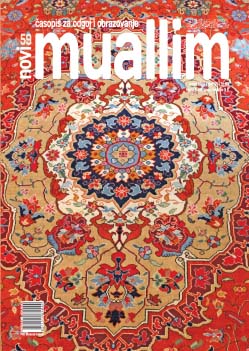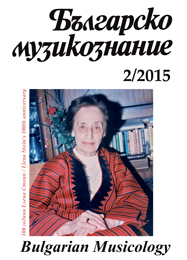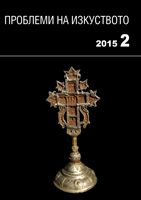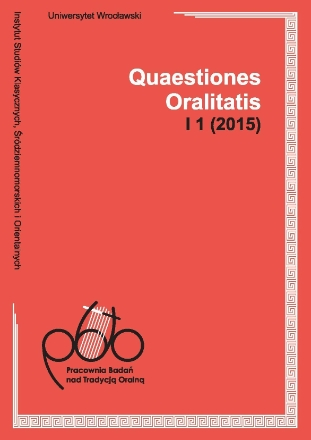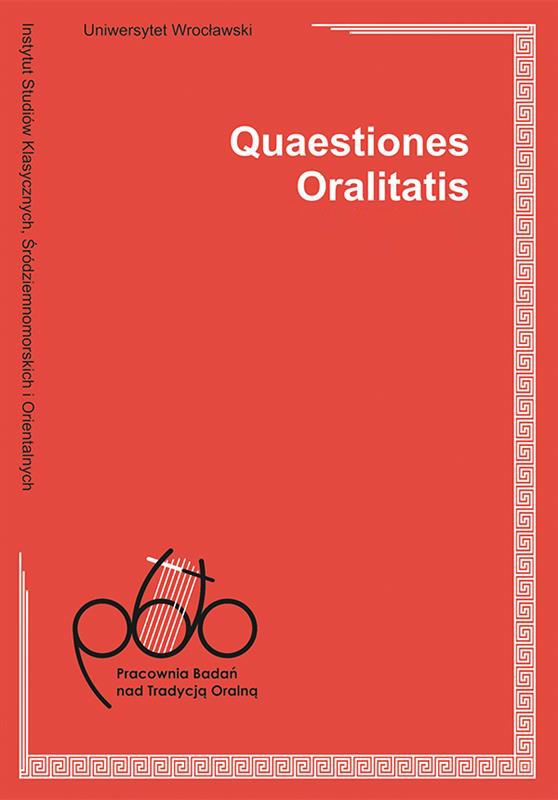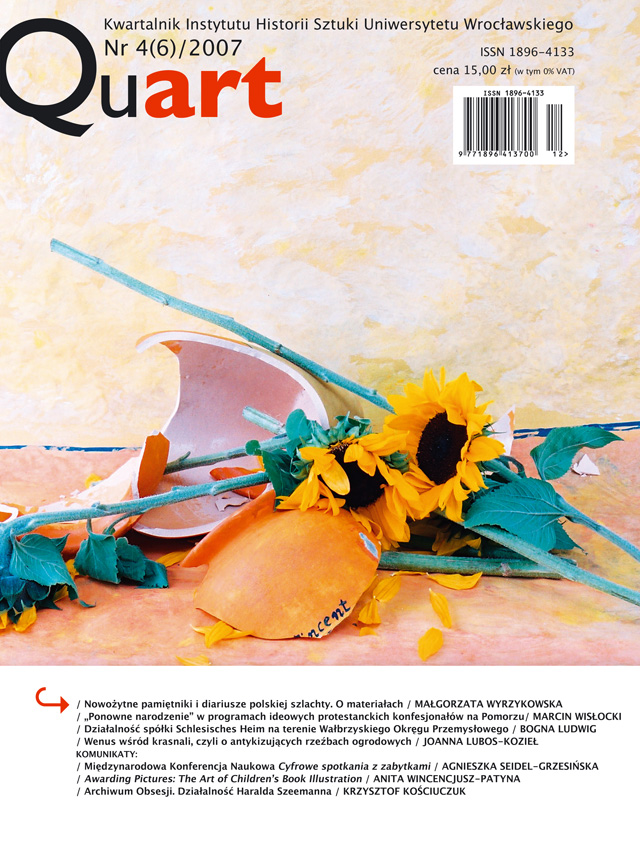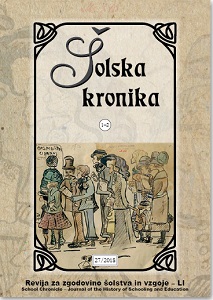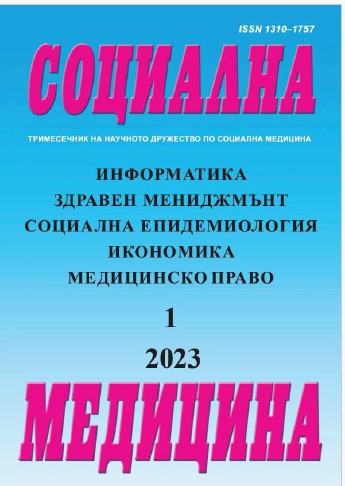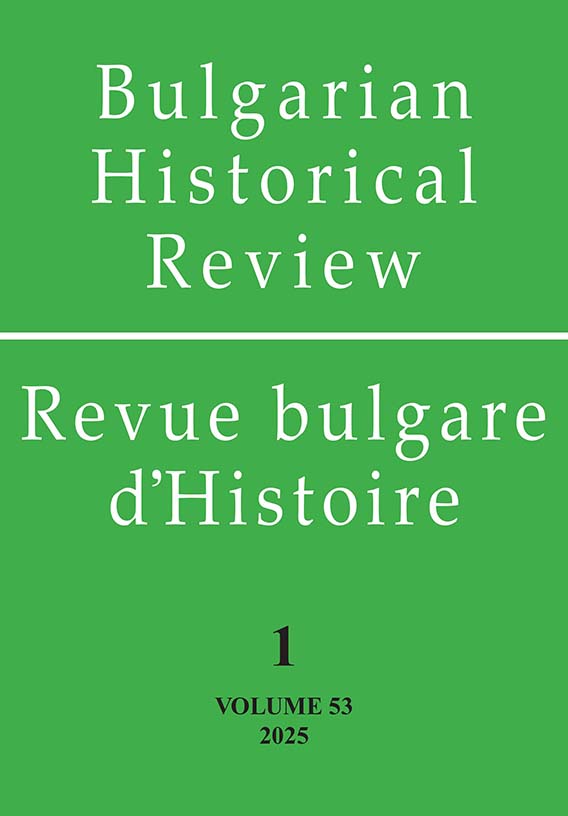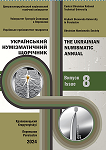Author(s): Sanja M. Ljubišić / Language(s): Serbian
Issue: 2/2024
In his Annals, Tacitus provides female portraits from various aspects of their agency in the Roman Empire. On the historical scene there emerge the characters of mothers, wives, empresses, mistresses, warriors, and heroines. The historian features numerous women of the Empire who played either direct or indirect roles in the socio-political events of their respective periods. Despite an occasional unfavourable stance he takes towards these women, Tacitus saves a prominent position for them. Amongst the characters analysed are Livia, Agrippina the Elder, Agrippina the Younger, Messalina, Poppaea Sabina, Octavia, Boudica, and Epicharis. The female portraits presented can be divided into positive and negative characters, into those the historian shows respect for and those towards whom he shows his contempt. Among the women displayed, the highlighted ones are duces feminae, who are endowed with predominantly male traits. Those are women who not only governed the private sphere of the Roman society, but also the public one, through their husbands or sons, heirs to the throne (Livia, Agrippina the Younger). Some of them were powerful mistresses and affected the course of events in the Empire in that capacity. When depicting such women, Tacitus makes use of the rhetoric technique dating back all the way to Sallust – the use of the woman as a prototype of the man (Messalina, Poppaea). Furthermore, one should mention heroines who, for the sake of their libertine ideals, boldly sacrifice their lives (Boudica, Epicharis). According to Tacitus, death is an act of preservation of honour, as well as a redemption for an ill-conducted life (Agrippina the Younger). Among the positive and idealised female portraits one finds faithful wives and mothers (Agrippina the Younger, Octavia). Agrippina is a symbol of fidelity and fertility, and Octavia a symbol of female passivity and tolerance. In order to bring the female characters as truthfully as possible, Tacitus deploys linguistic and rhetoric devices. By carefully selecting the nouns and adjectives of pejorative meaning, along with the technique of repetition of emotionally pregnant words and phrases, he paints individual portraits. Utilising the rhetoric technique of innuendo, the historian often indirectly hints at certain conclusions, insinuating misconduct and accusing the women of the Empire of various crimes.
More...
